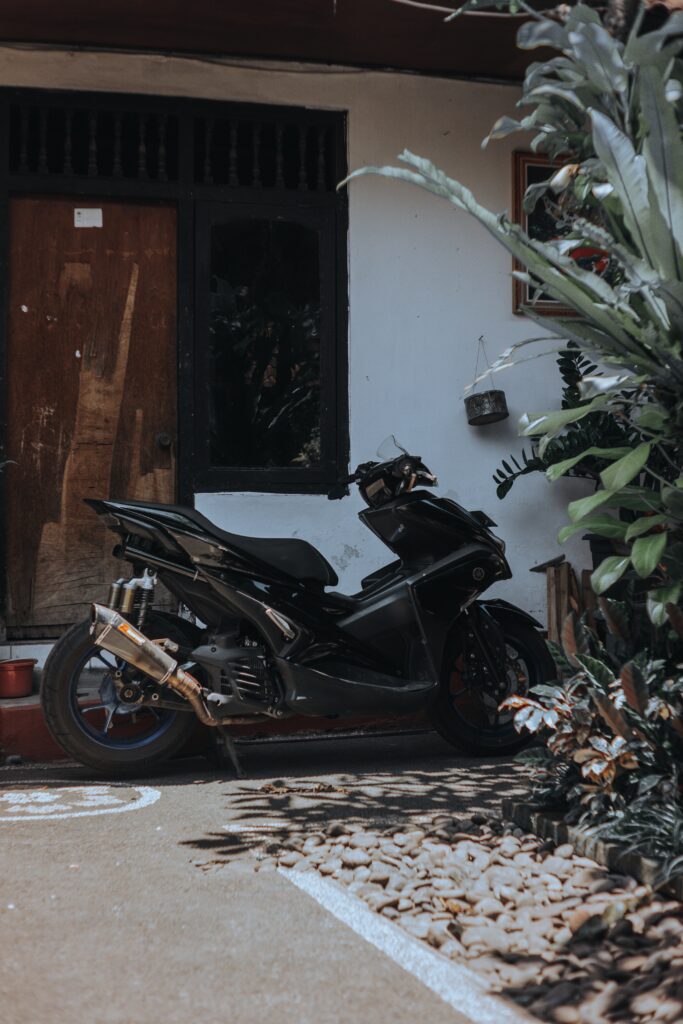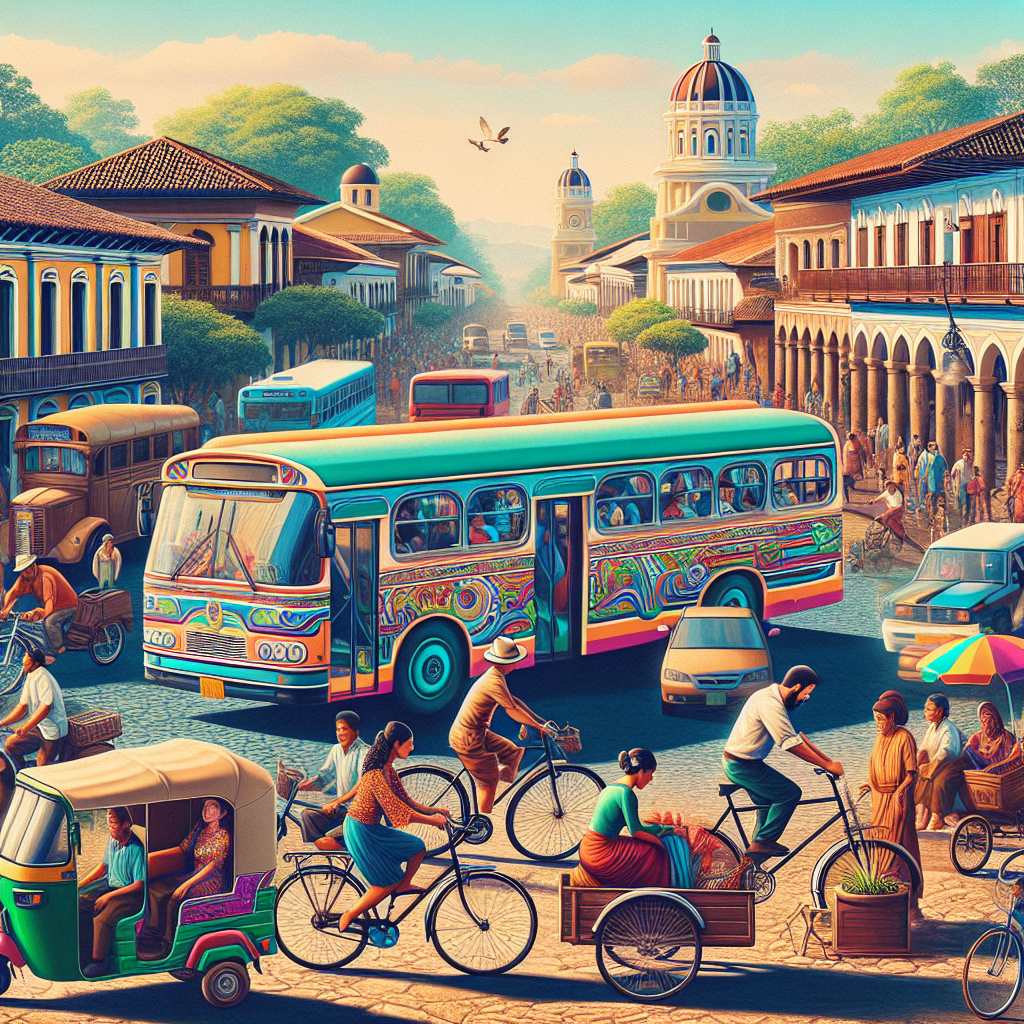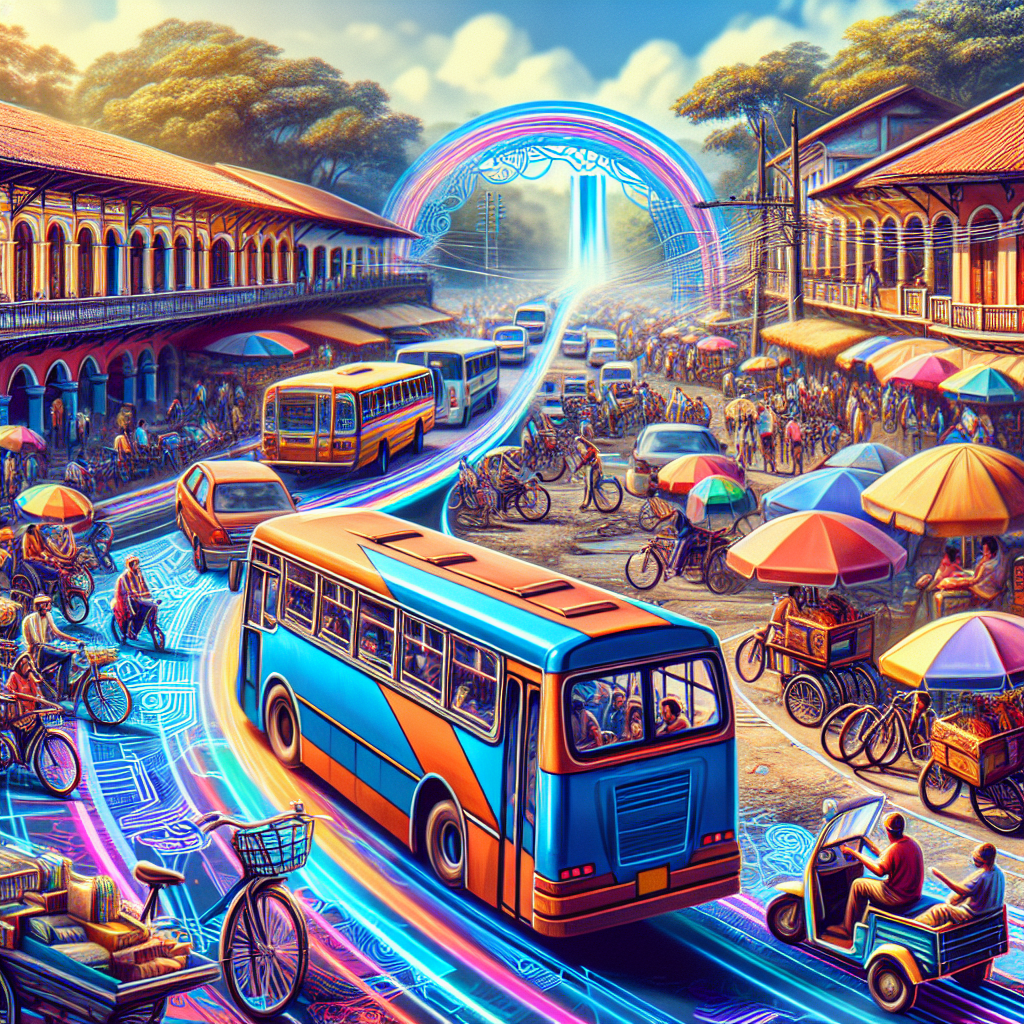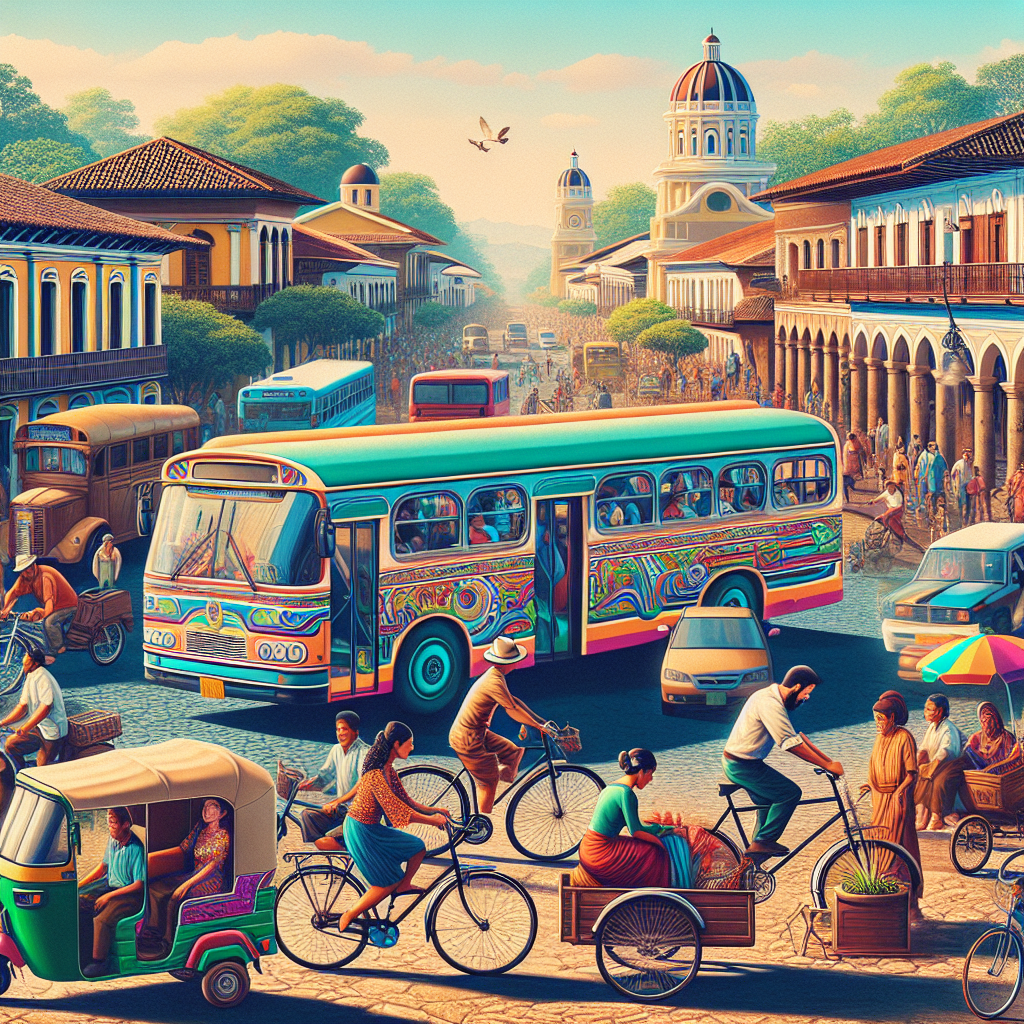Nicaragua, a gem of Central America, offers a unique transportation system that is worth exploring. With its diverse landscape of volcanoes, stunning lakes, and beautiful coastlines, discovering the transportation options adds an exciting layer to your travel experience. From navigating the bustling streets of the capital city Managua to cruising on tranquil rivers, this article will guide you through the intricacies of the transportation system in Nicaragua, helping you make the most out of your adventure in this vibrant country.

Public Transportation
Public transportation in Nicaragua is an essential mode of travel for many individuals across the country. There are several types of public transportation available, including buses, taxis, and tricycles. Buses are the most common form of public transportation and are widely used by both locals and tourists. These buses operate on fixed routes and provide an affordable mode of transport for individuals traveling within cities and between different regions of the country.
One of the advantages of using public transportation in Nicaragua is its cost-effectiveness. The fares for buses and other forms of public transportation are relatively low, making it an affordable option for many people, especially those on a tight budget. Public transportation also helps to reduce traffic congestion, as it promotes the use of shared vehicles instead of private cars.
However, there are some disadvantages associated with public transportation in the country. The reliability and punctuality of buses can sometimes be an issue, with delays and irregular schedules being common occurrences. Additionally, overcrowding during peak hours can make public transportation uncomfortable and inconvenient for passengers.
In terms of accessibility and coverage, the public transportation system in Nicaragua is relatively well-developed in urban areas. Buses and taxis are readily available, providing convenient options for commuters. However, in more rural and remote regions, the accessibility and coverage of public transportation may be limited. Residents in these areas often rely on less formal modes of transport, such as walking or using bicycles, to get around.
Road Infrastructure
The condition of roads in Nicaragua varies depending on the location. Major highways and main roads are generally well-maintained, providing a smooth and comfortable driving experience. These roads connect major cities and towns and serve as vital arteries for transportation within the country.
On the other hand, rural and unpaved roads present a different set of challenges. In rural areas, roads are often unpaved, making them susceptible to deterioration during the rainy season. This can result in muddy and uneven surfaces, making travel on these roads challenging, particularly for smaller vehicles. Furthermore, the lack of proper road maintenance in some rural areas can lead to potholes and other obstacles that affect driving conditions.
Traffic Congestion
Traffic congestion is a common issue in Nicaragua’s transportation system, particularly in urban areas. Several factors contribute to this problem, including a growing population, inadequate road infrastructure, and a high number of private vehicles. Additionally, there is a lack of efficient public transportation options in some cities, leading to an increased reliance on private cars.
The impact of traffic congestion on the transportation system is significant. It leads to longer travel times, increased fuel consumption, and a higher risk of accidents. Furthermore, congestion disrupts the flow of goods, affecting commerce and economic activities.
Efforts are being made to alleviate traffic congestion in Nicaragua. One approach is to improve and expand public transportation options to encourage more people to use shared vehicles. This includes the introduction of bus rapid transit systems and the development of cycling infrastructure. Additionally, the government is investing in road infrastructure projects to enhance the capacity and efficiency of major roads and highways.
Private Transportation
Private transportation in Nicaragua encompasses a range of vehicles, including cars, motorcycles, and bicycles. Car ownership is relatively high in urban areas, especially among middle- and upper-class individuals. Owning a car provides flexibility and convenience, allowing individuals to travel at their own pace and schedule.
However, private transportation comes with its own set of challenges. The cost of purchasing and maintaining a private vehicle can be a significant financial burden for many individuals. Additionally, the increasing number of private vehicles on the road contributes to traffic congestion and environmental pollution.
Usage patterns of private transportation vary depending on the location and individual needs. In urban areas, cars are commonly used for commuting to work, running errands, and social activities. In more rural areas, motorcycles and bicycles are popular modes of private transportation due to their affordability and maneuverability.

Interurban Transportation
Interurban transportation in Nicaragua encompasses various modes of travel to connect different cities and regions. Buses and coaches are the primary means of interurban travel, offering affordable and convenient options for long-distance journeys. These buses operate on fixed routes and provide scheduled services between major cities and towns.
In addition to buses, interurban taxis and shared rides are commonly used for transportation between cities. These services allow individuals to share the cost of travel and provide flexibility in terms of departure times.
Interurban train services, although limited, also play a role in connecting different regions of the country. The trains primarily operate on the Pacific coast, serving both passengers and cargo transportation needs.
Rural Transportation
Rural transportation poses unique challenges compared to urban areas. The lack of proper road infrastructure and public transportation options can make travel difficult for residents in rural communities. This can have a significant impact on their access to essential services, such as healthcare and education.
Modes of transport in rural areas often include walking, using bicycles, or utilizing smaller, more rugged vehicles capable of navigating unpaved roads. These modes of transport provide flexibility and affordability to residents, allowing them to travel locally for work or other activities.
Connectivity and accessibility are ongoing concerns in rural transportation. Efforts are being made to improve road infrastructure in these areas to enhance access to essential services and promote economic development in rural communities. This includes the construction and maintenance of roads, bridges, and pathways to connect rural areas with major towns and cities.

Maritime Transportation
Nicaragua’s maritime transportation plays a crucial role in facilitating trade and transportation along its coastlines and connecting the country to international markets. Ports and harbors serve as vital infrastructures for maritime activities, handling both cargo and passenger transportation.
Ferry services operate between different coastal cities and islands, providing a convenient mode of transport for both locals and tourists. These services contribute to the tourism industry by enabling access to popular destinations and attractions along the coast.
Cargo transportation is also significant in Nicaragua’s maritime sector. Ports are essential hubs for importing and exporting goods, supporting the country’s economy. Efficient cargo transportation helps to facilitate trade activities and ensures the timely delivery of goods to domestic and international markets.
Air Transportation
Air transportation in Nicaragua is centered around international and domestic flights. International airports, such as Augusto C. Sandino International Airport in Managua, serve as gateways for travelers entering and leaving the country. These airports connect Nicaragua to various international destinations, providing travel opportunities for both business and leisure purposes.
Domestic flights and regional connections within the country are also an integral part of the air transportation system. Domestic airports, located in major cities and regions, provide convenient options for traveling long distances within Nicaragua. These flights serve as time-saving alternatives to land transportation, especially for individuals with limited time or specific travel requirements.
Investments in airport infrastructure are ongoing to improve the efficiency and capacity of air transportation. Modernization projects aim to enhance passenger experience, increase safety measures, and accommodate the growing number of travelers.

Transportation Safety
Transportation safety is a critical concern in Nicaragua. The accident rates on roads, particularly in urban areas, remain high. Factors such as inadequate road infrastructure, reckless driving, and lack of enforcement contribute to the occurrence of accidents.
Efforts are being made to improve transportation safety through increased enforcement and stricter regulations. The government has implemented traffic laws and regulations to promote safe driving practices and deter reckless behavior. Additionally, safety measures and campaigns are conducted to raise awareness among the public and educate drivers about the importance of adhering to traffic rules.
Investments in transportation infrastructure also prioritize safety considerations. Road design and construction focus on minimizing potential hazards and enhancing road user safety.
Future Developments
The Nicaraguan government recognizes the importance of a well-developed transportation system for the country’s progress and has initiated various projects to enhance transportation infrastructure.
Government initiatives aim to improve road conditions, expand public transportation networks, and reduce traffic congestion. Investment in transportation infrastructure is a priority, with the goal of providing accessible, efficient, and sustainable transportation options for all residents.
An increasing focus on sustainable transportation initiatives is evident in Nicaragua. Efforts to promote cycling infrastructure, develop eco-friendly public transportation systems, and encourage the use of renewable energy sources in transportation are gaining momentum.
In conclusion, Nicaragua’s transportation system is a complex network that serves the diverse needs of its population. While challenges exist in terms of road conditions, traffic congestion, and rural accessibility, efforts are being made to address these issues and create a safer, more efficient, and sustainable transportation system. As Nicaragua continues to invest in transportation infrastructure and prioritize the development of public transportation options, the country is poised to enhance connectivity, promote economic growth, and improve the overall quality of life for its residents.

